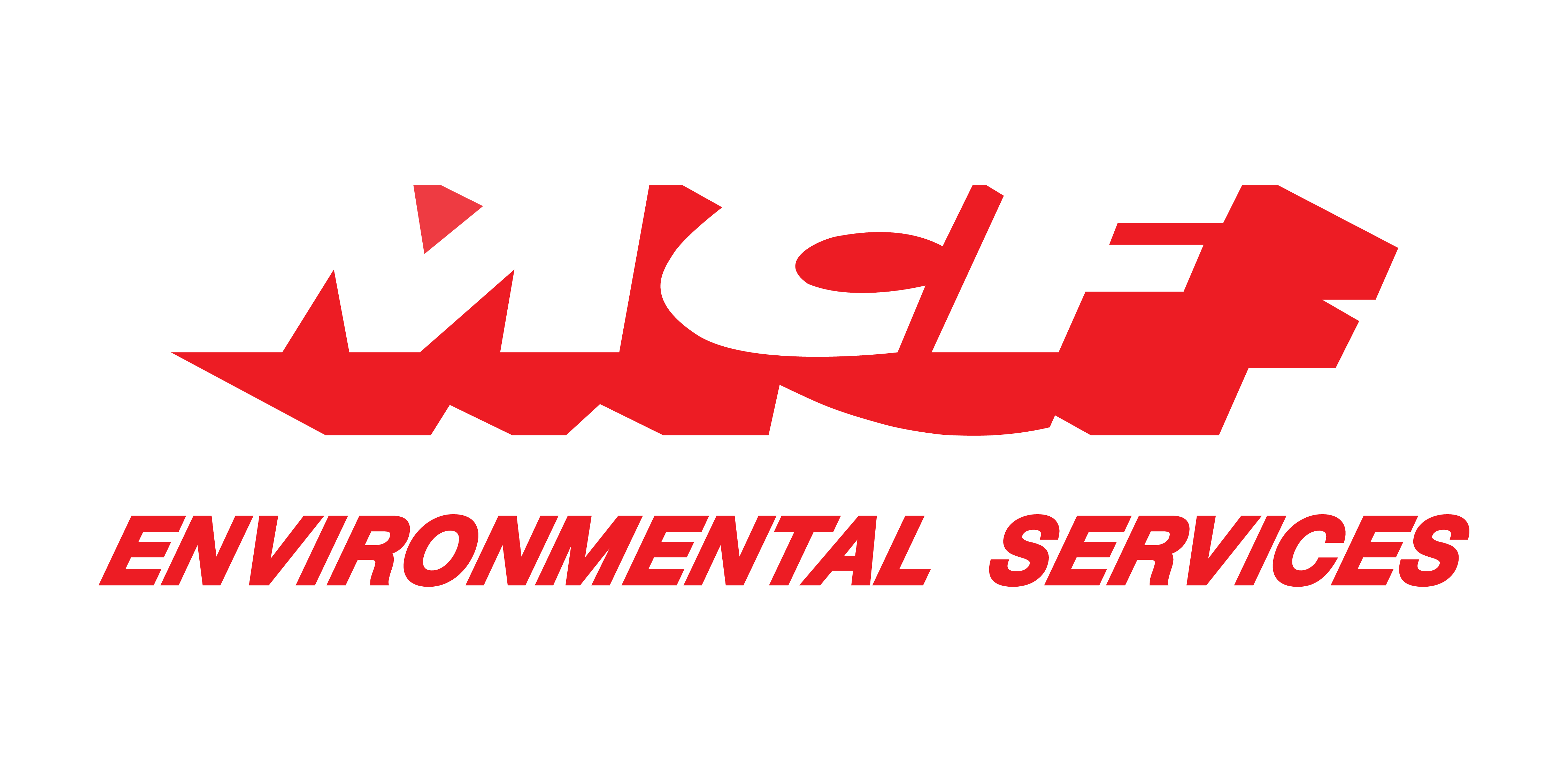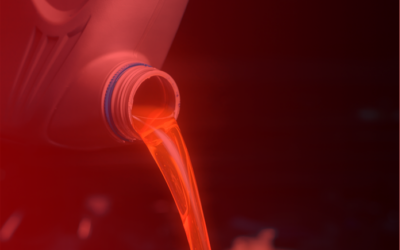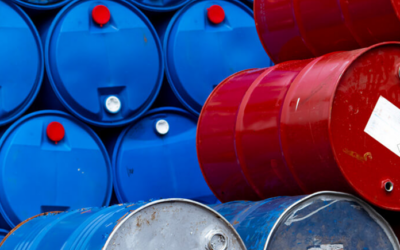This guide breaks down what oil waste is, why proper disposal matters, and how your team can build a streamlined, compliant waste oil management plan that not only protects the environment—but your bottom line.
Service Request
Have waste that requires compliant handling or disposal? Fill out our service form and an MCF Environmental Representative will get back to you quickly with next steps!
Please note we do not provide disposal services for household waste


















